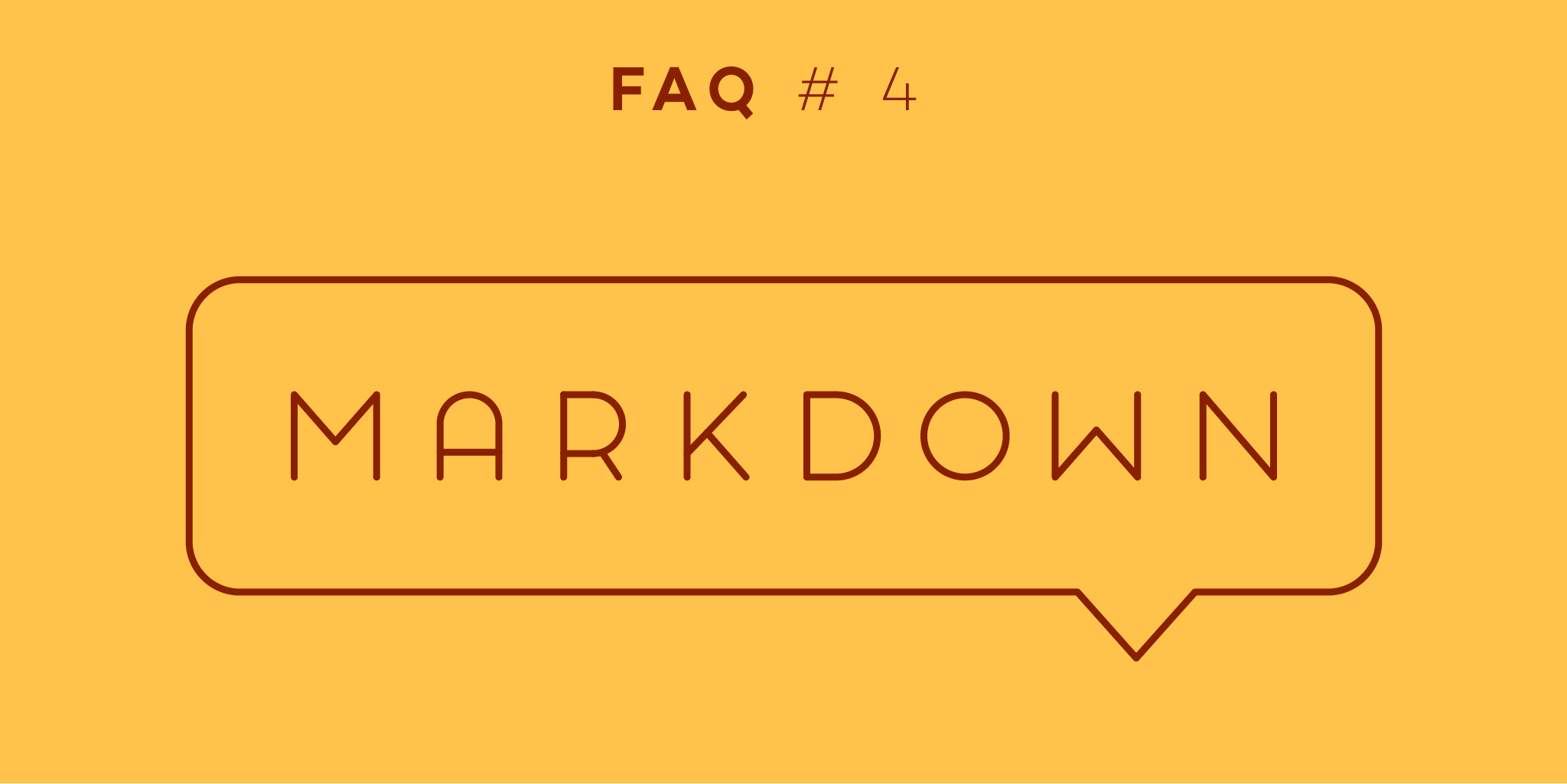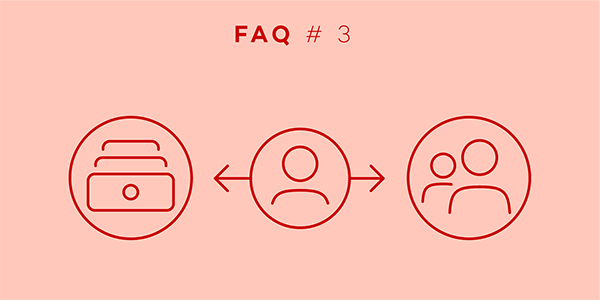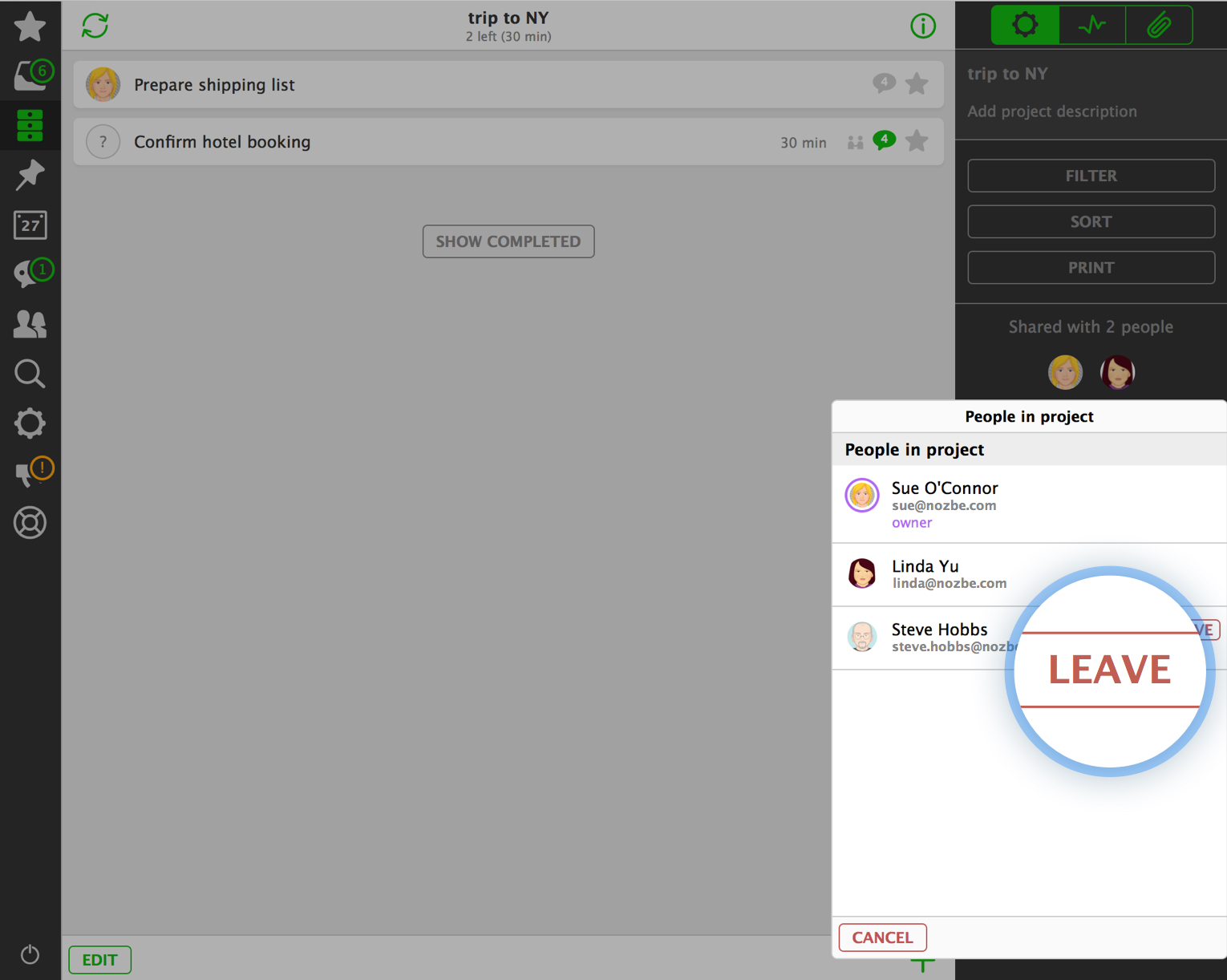
Welcome back to our FAQ series in which we tackle popular questions that our users ask us in their emails and messages. This month we’re discussing an underused but powerful feature of Nozbe - the possibility to format text comments using Markdown markup language.
Did you know that approximately 65% of the population are visual learners? Most of us process information based on what we see. We also tend to pay more attention to those elements that stand out. Because of that, from time to time we receive the following question:







